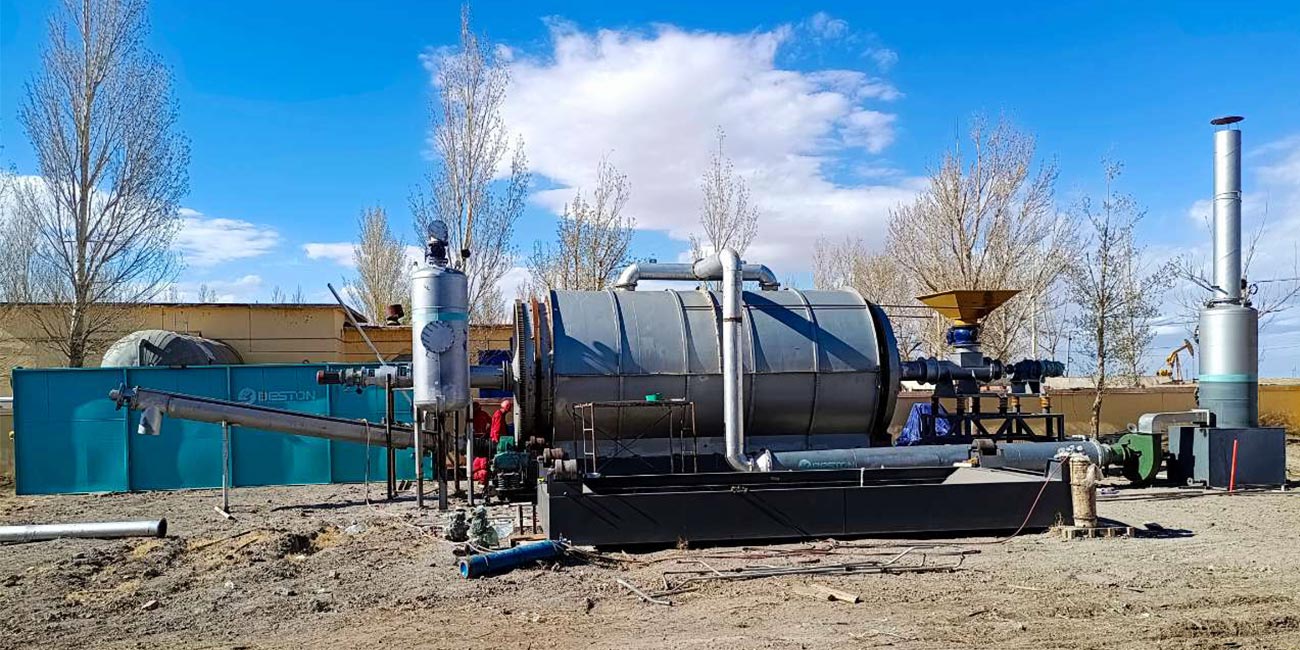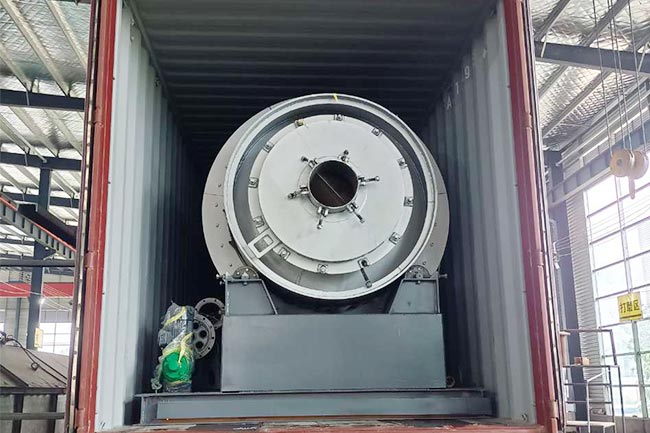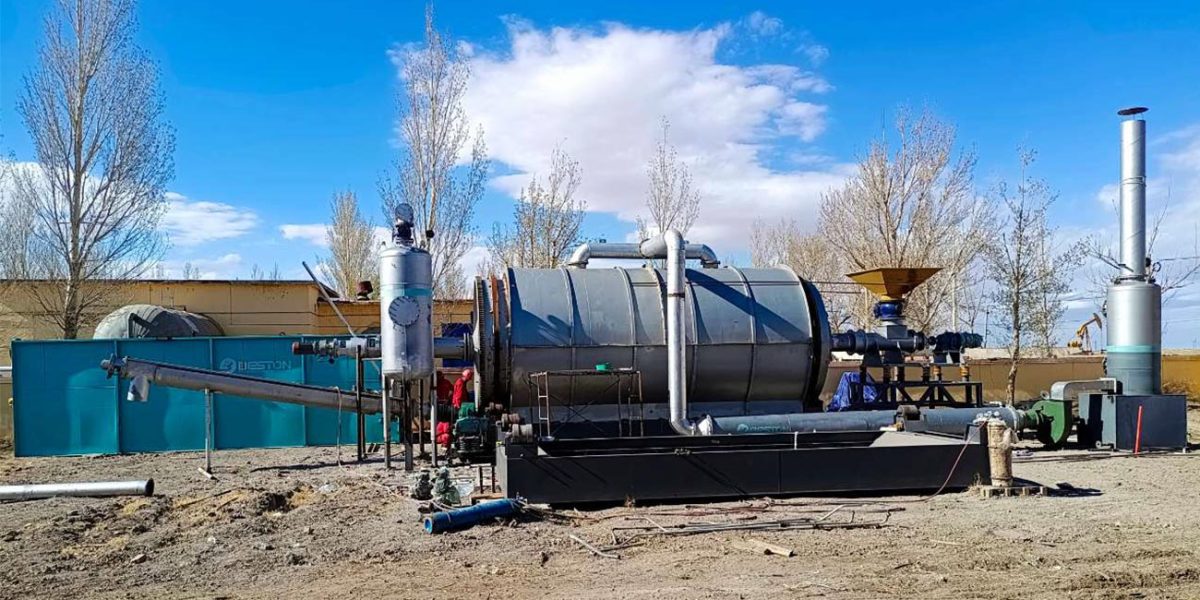In a world grappling with the menacing issue of plastic waste, innovative solutions have emerged to tackle this ecological crisis. One such groundbreaking technology is the Plastic Pyrolysis Plant. In this article, we delve into the intricate workings of these plants, exploring their environmental significance, operational intricacies, and the transformative potential they hold.
Unveiling Plastic Pyrolysis
Plastic waste has evolved into a global scourge, overwhelming landfills, polluting oceans, and posing a grave threat to the environment. Plastic pyrolysis machine offers a beacon of hope by addressing this crisis head-on. This process involves the thermal decomposition of plastics in an oxygen-free environment, where high temperatures ranging from 300 to 900 degrees Celsius facilitate the breakdown of complex polymer chains into valuable byproducts.

The Versatility of Pyrolysis
Pyrolysis is an immensely versatile process, capable of handling various types of plastics. Polyethylene, polypropylene, and polystyrene, rich in hydrocarbons, are particularly amenable to pyrolysis. By subjecting them to controlled temperatures and pressures, these plastics are transformed into a range of valuable outputs.
Catalysts and Non-Catalytic Pyrolysis
Plastic pyrolysis can be further enhanced by the inclusion of catalysts. These catalysts expedite the decomposition process, improving overall efficiency and yield. Alternatively, non-catalytic methods are also employed, offering different advantages based on specific plant designs and goals.
The Bounty of a Plastic Pyrolysis Plant
Plastic pyrolysis plants are elaborate facilities, each consisting of several critical components. These components work in harmony to harness the potential hidden within discarded plastics.
Reactor – The Heart of the Operation
At the core of every plastic pyrolysis plant for sale lies the reactor. This is where the magic happens, where plastics are subjected to the intense heat required for decomposition. The design and functionality of the reactor are pivotal, ensuring efficient heat transfer and minimal heat loss. Diverse heat sources, from electric heaters to combustion chambers, initiate and sustain the pyrolysis process.
Efficient Feeding Systems
The feeding of plastic waste into the reactor demands precision and efficiency. Conveyor belts ensure a continuous supply of plastics, while shredders play a crucial role by pre-shredding the materials, optimizing the entire pyrolysis process.
Emission Control and Gas Cleaning
Environmental responsibility is a paramount concern in plastic pyrolysis. To mitigate adverse environmental impacts, gas cleaning and emission control systems come into play. A cyclone separator effectively segregates solid particles from the gas stream, ensuring cleaner emissions. Additionally, scrubbers are deployed to remove impurities and pollutants, further contributing to the eco-friendliness of the process.
Recovering Valuable Products
Cooling and condensation units follow the pyrolysis process, transforming hot gases into recoverable products. Condensers perform the crucial role of converting hot gases into liquid products, a step that paves the way for further processing. A subsequent distillation unit is then employed to separate these liquid products into different fractions, with pyrolysis oil being a key output. Get the cost of pyrolysis plant here.

Handling Solid Residue
While the primary focus of plastic pyrolysis is resource recovery, the process also generates solid residue, often referred to as char. Innovative applications for char include its conversion into valuable carbon black or utilization as a soil amendment, thus minimizing waste.
A Sustainable Solution
The benefits of plastic pyrolysis plants extend far beyond waste management. They hold the potential to revolutionize our approach to plastic waste and contribute significantly to environmental preservation.
Reducing Plastic Waste
One of the most significant advantages of plastic pyrolysis is its capacity to drastically reduce plastic waste. By diverting plastics from landfills and incinerators, these plants contribute to more sustainable waste management practices.
Energy Generation
Pyrolysis plants generate energy in the form of gaseous products and pyrolysis oil. These can be harnessed for various applications, including power generation and serving as feedstock in chemical processes.
Mitigating Environmental Impact
By effectively reducing plastic waste and cutting down on greenhouse gas emissions associated with traditional disposal methods, plastic pyrolysis plants play a pivotal role in mitigating environmental impact.
Challenges and Considerations
While plastic pyrolysis is a promising technology, it is not without its challenges and considerations. Addressing these issues is crucial for the continued growth and sustainability of this sector.
Technical Challenges
Managing Feedstock Variability: The quality and composition of plastic waste can vary significantly, posing challenges in maintaining a consistent pyrolysis process.
Operational Efficiency: Ensuring a smooth and efficient operation of the plant, especially during variations in feedstock, is an ongoing concern.
Regulatory and Legal Aspects
Navigating the regulatory landscape surrounding waste-to-energy technologies is complex. Compliance with environmental regulations and obtaining necessary permits can be a challenging endeavor.
Economic Viability
The economic viability of plastic pyrolysis plants hinges on several factors, including the initial investment required and the market demand for pyrolysis products. Economic sustainability is essential for the long-term success of these facilities. More information on Beston Group here.
Conclusion
In the battle against plastic pollution, the Plastic Pyrolysis Plant stands as a formidable ally. By transforming plastic waste into valuable resources, these plants offer not only a sustainable waste management solution but also a path toward a greener, more sustainable future. As the technology continues to evolve, so does its potential to make a significant impact on our planet’s well-being.
